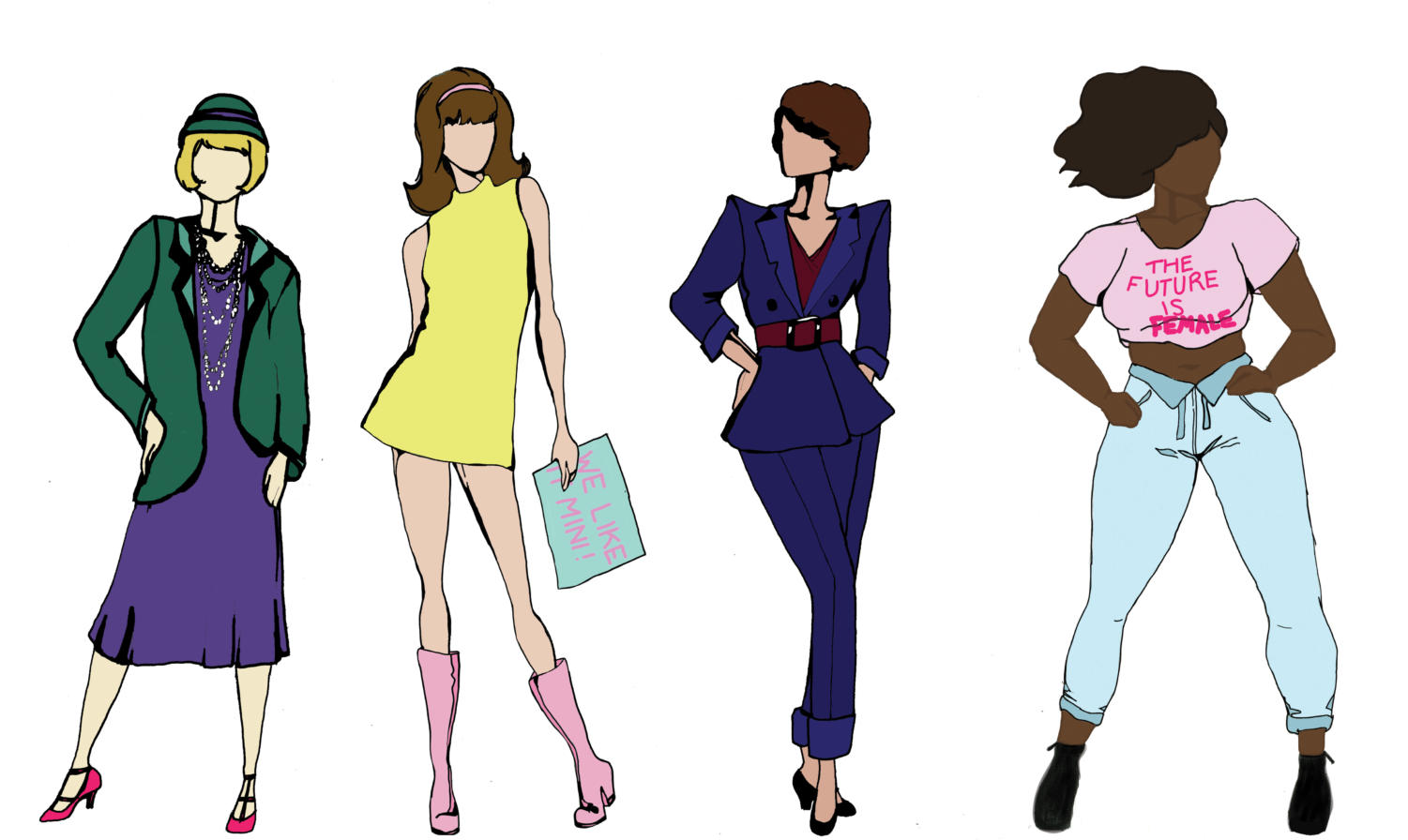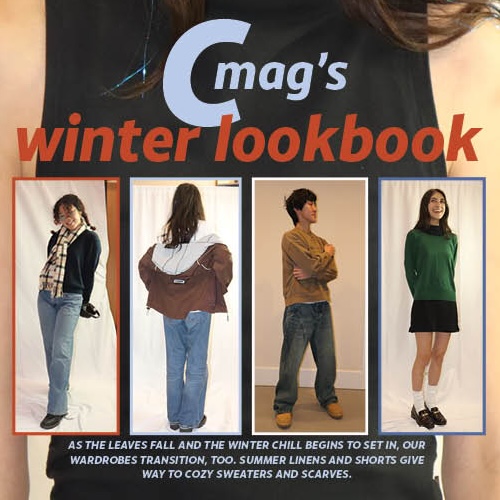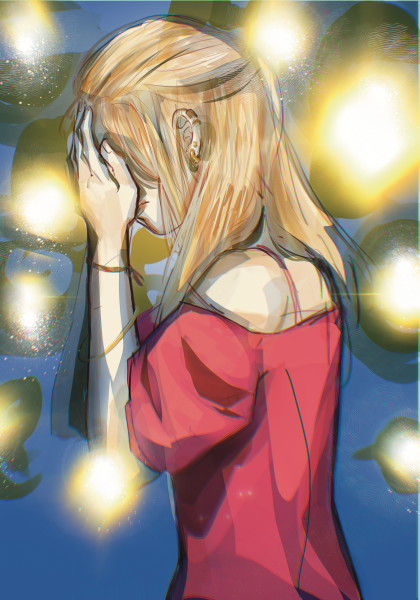Feminist Fashion
From suffragettes to Women’s March participants, feminists have long been remembered not only by what they fought for, but for what they wore.

The American suffrage movement, where millions of women across the country campaigned for their right to vote, was a movement 100 years in the making. The early 20th century was widely known as “First Wave Feminism,” a term coined in the late 1960s. It focused on women’s legal issues with the end goal of women’s suffrage. In the years leading up to the ratification of the 19th Amendment, the movement saw a sharp spike in members as more and more women joined the fight. Famous Suffragette Susan B. Anthony, argued for the cause saying, “There never will be complete equality until women themselves help to make laws and elect lawmakers.”
Suffragettes such as Susan B. Anthony had an iconic style that is still recognized today. To denote their support of the suffrage movement, activists deliberately wore specific colors, sashes and accessories. Most often their dresses consisted of dark colors to indicate their serious attitude. They often would incorporate green, white and violet into their outfits; green represented hope, white represents purity and violet represented allegiance and nobility. Along with their individual meanings, the colors together formed the acronym GWV, which stood for Give Women Votes. Secret messages and meanings, smartly conveyed through details as minute as the color of a singular accessory, made showing solidarity for the movement accessible, safe and spread the Suffragettes’ agenda.
An extremely recognizable piece of the Suffragettes’ closet was a sash. Before graphic and screen-printed clothing was popularized, women would proudly wear sashes with various slogans placed on them. Often times, their sashes were lined with stripes of violet and green, and read “Votes for Women.”
Women were extremely selective in their choices of accessories. If they didn’t have anything to wear in the specific colors of the movement, they would often don a yellow flower in their hair, on their collar or on their lapel. The use of gold or yellow for the suffrage movement dates back to 1867, when Susan B. Anthony adopted the Kansas state flower, a sunflower, as a Suffrage symbol when Kansas was debating holding a state suffrage referendum. Soon, yellow flowers such as yellow daisies and roses were adopted into the movement. These seemingly simple fashion choices helped shape the look of the suffrage movement. During this period, women not only changed the history of America by earning the right to vote but they also left a lasting impact on the fashion choices of women today.
Second Wave feminism was a feminist movement that began in 1960’s America. Women protested a variety of issues including reproductive rights and family roles. Along with these protests came a unique style still prevalent in fashion today: miniskirts, bikinis and jeans all began with the Second Wave feminist movement of the 60s.
Miniskirts, popularized by London-based designer Mary Quant, were originally highly controversial. Their bright colors and shortened hemlines were widely considered obscene, even Coco Chanel disapproved. At the time young women were expected to dress modestly and in muted colors. With an increasingly politically active generation, young women began to seek out individualistic clothing that would set them apart from the generation before them. The definition of the standard American woman was beginning to change. With the invention of birth control and an increase of women in higher education, women wanted more command and autonomy surrounding what they could and could not do with their bodies. Thus, the image of an American woman was no longer a married housewife but rather free-spirited, independent young women – for which the miniskirt perfectly represented.
Another important style that was adopted by feminists looking to fight the stereotypical roles for women were jeans. At the time, jeans were worn by working class men. Feminists adopted the attire to show solidarity with working class women and racial minorities who faced discrimination in the workplace. Since then, denim is celebrated worldwide as a symbol of rebellion and solidarity with women who face discrimination and assault in the workplace.
There is even an unofficial “Denim Day” celebrated internationally to protest sexual assault by wearing jeans. This event was inspired after Italy’s highest appeals court overturned a rape conviction because the victim had been wearing jeans in 1999. The legacy of rebellion and protest is long standing, and it all began with a fight for equality by American women in the 1960’s.
Parisian engineer Louis Réard and designer Jacques Heim first created the bikini in 1946. It was the smallest swimsuit created to date, and considered very risque. Much like the miniskirt, it pushed away from typical and expected conservatism for the modern woman. This new trend of revealing clothing was highly policed. Many beaches and pools banned the bikini, and women would often be issued a fine or citation for wearing it. However, with the growing population of young liberal women seeking liberation from conservative restrictions, repercussions did not stop it’s spread. Still controversial in some countries, the bikini represents women’s fight for freedom from conservative and restrictive standards regarding swimwear.
The 1960’s offered multiple styles that women could opt for in order to make their feminine statement. They started fighting for reproductive rights and a better and more appreciated role in the family. Whether it be stepping away from the expected conservatism of the bikini and mini skirt, or spreading equality by wearing jeans, women were able to advocate for what they believed through the clothes they wore.
In the 1980s women started wearing pantsuits, which was seen as both a feminist statement and an anti-feminism statement. At this time women were starting to make their way in the business world and began attending more professional meetings. In order to garner respect, they started dressing like men, wearing suits with shoulder pads to give them broader shoulders. Some people believed that the pantsuit was a very feminist statement because it was the first time that women did not have to wear dresses and skirts. However, some people believed that women dressing similar to men to be accepted in the office was against feminist beliefs.
“They were feminist on purpose,” Jo Paoletti, professor and author of Sex and Unisex: Fashion, Feminism, and the Sexual Revolution, said. “They helped women enter male-dominated professional spaces — but anti-feminist because they were based on a masculine model of ‘power dressing.’”
Anna Wintour, Editor-in-Chief of Vogue, was one of the main proponents for women’s equality in the 80s. Wintour helped make the pantsuit more accepted and spurred the idea of women being treated equally in the workplace. “There’s a new kind of woman out there,” Wintour said in 1984. “[Women are] interested in business and money. She wants to know what and why and where and how.”
These are the kinds of women that Wintour wanted to display clothes for; the ones she hoped to help look powerful while pursuing their careers. Wintour saw pantsuits as a form of fashion that empowered women to stand up for themselves and realize that they are of the same worth as men.
Another person who took the 80s by storm was Grace Jones, who spewed a different, more aggressive type of femininity mixed with a hard type of masculinity. She was someone who completely blurred the line between what was expected of either gender.
The 80s took the expectations and stereotypes for the two different genders and mixed them up. Women were moving up in businesses and doing so wearing a fashionable statement of power, the pantsuit. Celebrity icons were playing with the already blurry line between the genders and were able to defy societal norms. The 80s brought a time where the line between the sexes was completely skewed. Icons like Prince were wearing sparkles and heels, items often attributed to women, while women were wearing pantsuits.
Now, more than ever, women of all backgrounds are able to stand up against sexism, racism, and any other kind of bigotry. Through social media, today’s fashion movements are spread across nations in the blink of an eye. The most memorable of these trends being the “pussyhats” that millions wore to the Women’s Marches in the United States in January of 2017. These seemingly childish pink, cat-eared hats were created in protest of the percieved rise of outward bigotry by the recently elected President Donald J. Trump. These hats were a way to reclaim the power of women which was held by men for too long. Their name, which is purposely explicit in nature, was seen as a response to Trump’s comments about inappropriately touching women without consent. These hats are one of many examples of women bringing the ongoing sexism in our society today to light, and doing so through such a visible medium has made it so much more accessible for anyone to join the cause.
The most recent use of fashion to make a political statement was at the 2018 Golden Globes, where the majority of the actresses attending wore black formal attire in support of the “Times Up” movement. This movement was created earlier this year to protest sexual assault. “Times Up” was spearheaded by celebrities and executives as a direct response to the Harvey Weinstein scandal. By directing the focus of the red carpet away from the superficial talk of dresses and designers, these actresses were able to shed light on the more pressing matters that needed to be faced head-on. On and off the red carpet actors and actresses spoke about the changes that need to be made in the industry and society as a whole to ensure the welfare of all women.
Another prevalent form of feminism in our everyday fashion is the idea of androgynous fashion or clothes that could be for men, women and everyone in between. Most may not consider genderless clothing as a big statement, however everyone’s ability to wear any type of clothing is a fairly new freedom. Not only does this movement give women the right to wear anything, but it also allows men to break out of the strict mold of masculinity by expressing every side of themselves through their fashion.
Throughout the decades women have used fashion to tell the world what they believe in because it is the simplest, fastest way to get any message across. It has helped gain so much ground in the fight for equality so far, and it will continue to be an important key in feminist movements for decades to come.








